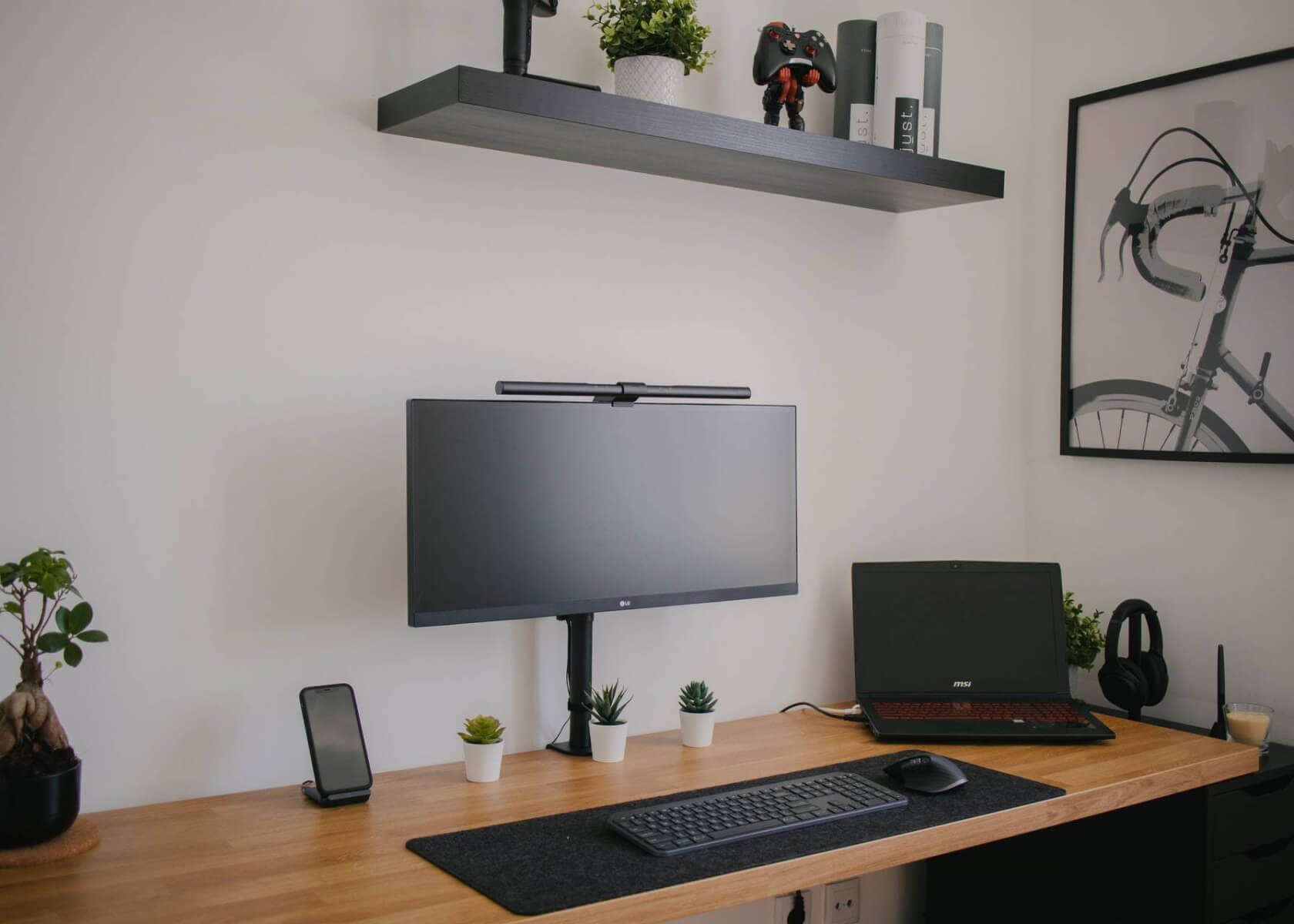Notion: Handling Different File Types and Media with Ease – Images, Documents, Videos

New to Notion?
How Notion Handles Different File Types and Media
Notion is a versatile collaboration tool that not only allows you to create and organize text but also supports a wide range of file types and media. Whether you want to add images, documents, audio files, or videos, Notion provides a seamless and modern experience for handling these elements. In this article, we will explore how Notion manages different file types and media, highlighting its robust feature set and capabilities with current best practices.
Images
Adding images to your Notion pages remains straightforward and intuitive. To add an image, simply click on the "+" symbol within your page or drag and drop the file, then select Image. You can upload an image from your computer, paste an image URL, or embed images directly from cloud storage integrations and services like Unsplash. Notion accepts a wide range of formats including JPEG, PNG, GIF, and SVG, giving you the flexibility to incorporate visuals into your Workspace.
Once an image is added, Notion enables you to customize it with features such as resizing, cropping, and captioning. You can display images as full-width blocks or inline with your text. These customizations help ensure that images blend seamlessly with your content and overall page design.
Documents
Notion handles a variety of document formats such as PDFs, Word documents, spreadsheets, and more. To add a document, click on the "+" symbol within your page and select File. You can upload a document from your computer or paste an online URL. With support for an even wider array of file formats, Notion ensures that documents integrate smoothly into your Workspace.
After adding a document, you can preview its contents directly within Notion. This built-in preview feature means you don’t need to switch to external applications to review documents. Enhanced inline conversion tools provide additional functionality to better collaborate and reference information without ever leaving the platform.
Videos
Integrating videos into your Notion Workspace has become more powerful with improved embeds and native playback support. To add a video, click on the "+" symbol within your page and select Video. You can either upload a video file from your computer or embed a video by providing a URL from popular platforms like YouTube or Vimeo. Notion supports common video formats such as MP4 and MOV.
Notion's built-in video player now offers smoother playback and improved customization options. Videos can be resized or repositioned easily within your pages, ensuring that they fit perfectly into your design. Enhanced integration means you can enjoy features like autoplay (when enabled) and user-friendly controls for an optimized viewing experience directly within Notion.
Audio
Notion also supports embedding audio files, allowing you to create richer multimedia content. To add an audio file, click on the "+" symbol within your page and select Audio. You can either upload an audio file from your computer or embed one via a URL. Supported formats include MP3 and WAV.
With Notion's integrated audio player, you can listen to audio files directly within your pages. This feature makes it simple to include podcasts, voice memos, or music files as part of your content. Updated controls provide options such as volume adjustment and looping, delivering a customized audio experience that enhances the overall productivity of your Workspace.
Conclusion
Incorporating different file types and media into your Notion Workspace enhances collaboration and helps you create dynamic, engaging content. Whether you are adding images, documents, videos, or audio files, Notion’s intuitive interface and powerful features ensure that all your media is seamlessly integrated into your workflow. With improved file management, enhanced customization, and built-in preview capabilities, Notion empowers you to build a comprehensive and organized Workspace tailored to your evolving needs.


